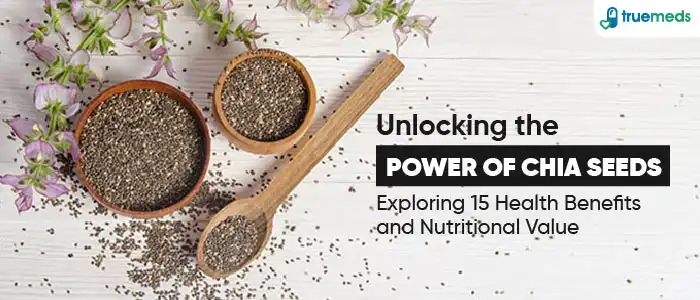Category: Food & Nutrition
-

Lady Finger (Bhindi): Uses, Benefits, Nutritional Value, and Safety Considerations
Lady Finger, also widely known as Bhindi, Okra, or Gumbo (Abelmoschus esculentus), is a common vegetable appreciated across various global cuisines. Renowned for its rich mucilage and high dietary fibre content, this pod-like vegetable offers a spectrum of nutrients and potential health benefits, including supporting heart health, digestion, and blood sugar management [1], [2]. This…
-

The Complete Guide to Avocado: Nutrition, Benefits, and Side Effects
Avocado, often called a superfood, is a nutrient-rich fruit packed with healthy fats, vitamins, and minerals. Known for its creamy texture and mild flavour, it is widely used in salads, smoothies, and spreads. Avocados offer numerous potential health benefits, including supporting heart health and digestion, and may assist in weight management when consumed as part…
-

Chia Seeds: Health Benefits, Nutritional Value, and Safe Consumption
Chia seeds are the small, edible seeds derived from the Salvia hispanica plant, a member of the mint family native to Mexico and Guatemala. These tiny black or white seeds have gained popularity globally as a nutritional powerhouse, being rich in dietary fibre, protein, omega-3 fatty acids, and essential minerals [1]. Their versatile profile makes…
-

Top 15 Health Benefits of Broccoli: Nutrition, Uses, and Precautions
Broccoli is a cruciferous vegetable packed with vitamins, minerals, and antioxidants, such as sulforaphane, that support overall health [1]. Including broccoli in your diet is associated with benefits such as supporting brain function, strengthening immunity, improving digestion, and helping maintain hydration. Its versatility allows it to be incorporated in a variety of ways—such as in…
-

Walnuts: Health Benefits, Uses, and Side Effects
In ancient times, walnuts were called the ‘royal nuts’ because they were consumed mainly by royalty. Originally from Persia, these nutrient-rich nuts are now enjoyed worldwide for their numerous health benefits. Interestingly, their shape resembles the human brain, and scientific studies suggest that walnuts (Hindi: Akhrot) may indeed promote brain function [7]. They are incredibly…
-

Kodo Millets: Uses, Benefits, Potential Side Effects, and Precautions
Kodo millet, scientifically known as Paspalum scrobiculatum, is a small, versatile, and naturally gluten-free grain that has been a traditional crop in parts of India, Africa, and Southeast Asia for centuries. Belonging to the Poaceae family, Kodo millets are highly valued for their resilience and ability to thrive in arid and semi-arid climates, making them…
-

Chironji – Nutritional Value, Potential Health Benefits, and Precautions
Chironji, also known as charoli or chironji nuts, is the seed of the Buchanania lanzan tree, which is native to the Indian subcontinent [1]. These small seeds have a hard outer shell protecting a soft, nutrient-rich kernel inside. The kernels are packed with healthy fats, protein, and essential micronutrients, making them a valuable addition to…
-

Pumpkin Seeds: Benefits, Nutritional Value & Its Side-Effects
Pumpkin seeds, also known as pepitas, are the edible seeds found inside pumpkins. More than just a seasonal snack, these small seeds are packed with a variety of important nutrients, including vitamins, minerals, and antioxidants. With their mildly sweet and nutty flavour, pumpkin seeds are versatile and can be enjoyed in many ways, whether as…
-

Ragi (Finger Millet): Nutrition, Benefits, and Delicious Recipes for Weight Management
Ragi, also known as finger millet, is a naturally gluten-free and nutrient-rich grain that has been a staple in the Indian diet for centuries. It’s an exceptional source of key nutrients, including calcium, iron, protein, and dietary fibre, making it especially useful for bone health, weight management, and blood sugar control [1]. Because of its…
-

Health Benefits, Nutritional Value, and Safety of Makhana (Fox Nuts)
Let’s explore Makhana, also known as fox nuts or phool makhana. These small, crunchy seeds are not just a tasty snack but are also packed with nutrition. We will explore their potential health benefits, from supporting digestion to providing essential nutrients, and address side effects for a balanced understanding. What is Makhana? Makhana, or Fox…